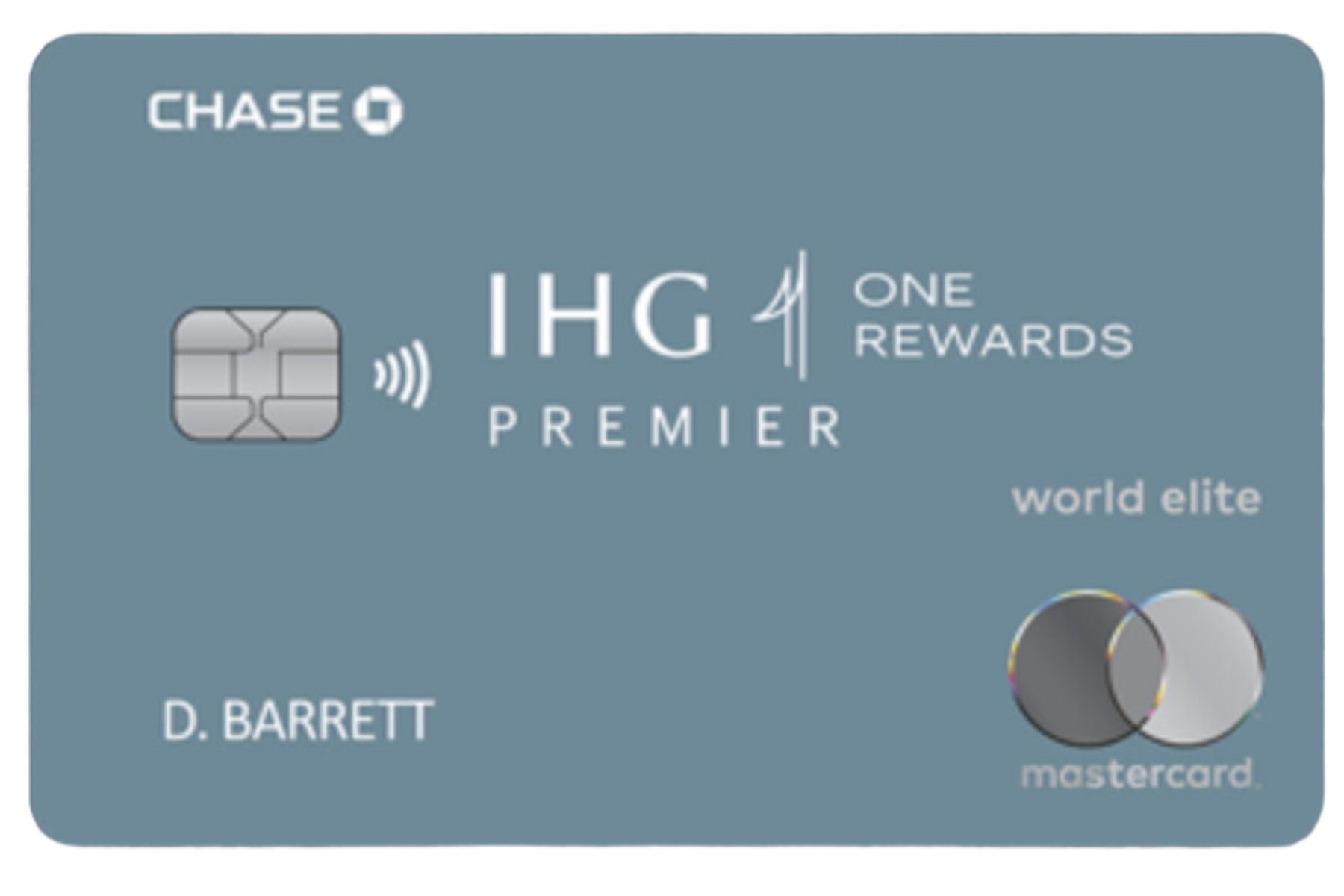Travel credit cards have become a staple for savvy travelers looking to maximize their spending power and enjoy perks that can make a significant difference in their travel experiences. Whether you’re planning a weekend getaway or an international trip, choosing the right travel credit card can offer substantial rewards, exclusive benefits, and even cost savings. In this comprehensive guide, we’ll explore the best travel credit cards available in the United States, how they work, and how to choose the one that fits your lifestyle.
Understanding How Travel Credit Cards Work

Travel credit cards are designed to reward users for their spending on travel-related expenses. These cards typically offer points, miles, or cash back on purchases, with higher rewards for specific categories like flights, hotels, and car rentals. The rewards can be redeemed for travel, statement credits, or transferred to airline and hotel loyalty programs.
One of the key features of travel credit cards is their ability to earn rewards on everyday purchases, making them ideal for those who frequently travel or want to build up their travel fund over time. For example, the Capital One Venture Rewards Credit Card offers 5 miles per dollar on hotels, vacation rentals, and rental cars booked through Capital One Travel, and 2 miles per dollar on all other purchases. This flexibility allows cardholders to accumulate points for future travel without having to limit their spending to specific categories.
Types of Travel Credit Cards
There are three main types of travel credit cards: general travel cards, airline cards, and hotel cards. Each type has its own set of benefits and rewards, catering to different travel preferences and habits.
General Travel Credit Cards
General travel credit cards are the most flexible option, allowing users to redeem rewards for a wide range of travel-related expenses, including flights, hotels, and car rentals. These cards often offer a flat rate of rewards on all purchases, making them ideal for travelers who don’t have a preferred airline or hotel chain.
The Chase Sapphire Preferred® Card is a prime example of a general travel card. It offers 3 points per dollar on dining and travel, and 2 points per dollar on all other purchases. Additionally, it allows users to transfer points to multiple airline and hotel loyalty programs, providing greater flexibility in how rewards are used.
Airline Credit Cards
Airline credit cards are tailored for frequent flyers, offering rewards and perks specific to a particular airline. These cards often include benefits such as free checked bags, priority boarding, and access to airport lounges. The New United℠ Explorer Card is a popular choice for United Airlines passengers, offering bonus rewards on United flights and eligible hotel stays.
Hotel Credit Cards

Hotel credit cards are designed for travelers who stay at specific hotel chains. These cards typically offer bonus points on hotel stays and other related expenses. The Marriott Bonvoy Boundless® Credit Card is a top choice for Marriott loyalists, providing bonus points on hotel stays, dining, and other purchases.
Key Features to Consider
When selecting a travel credit card, there are several key features to consider, including annual fees, rewards rates, sign-up bonuses, and additional perks.
Annual Fees
Most travel credit cards come with an annual fee, which can range from $0 to over $500. While some cards offer no annual fee, they may provide lower rewards rates. Premium cards with higher fees often come with more valuable perks, such as access to airport lounges and travel insurance.
For example, the Amex Platinum Card has a hefty annual fee of $695 but offers extensive benefits, including $200 in airline and hotel credits, access to airport lounges, and complimentary travel insurance.
Rewards Rates
Rewards rates vary by card, with some offering higher points per dollar spent on specific categories. The Chase Sapphire Reserve® Card provides 5 points per dollar on travel and dining, making it an excellent choice for frequent travelers.
Sign-Up Bonuses
Many travel credit cards offer generous sign-up bonuses to attract new customers. These bonuses can be substantial, often worth hundreds or even thousands of dollars in travel value. For instance, the Chase Sapphire Preferred® Card currently offers a sign-up bonus of 75,000 points after spending $5,000 within the first three months.
Additional Perks
Beyond rewards, many travel credit cards offer additional perks such as no foreign transaction fees, travel insurance, and access to exclusive events. The U.S. Bank Altitude® Connect Visa Signature® Card is notable for its quadruple points on travel and gas station purchases, along with a $0 annual fee.
Choosing the Right Travel Credit Card for You
Selecting the right travel credit card depends on your travel habits, spending patterns, and financial goals. Here are some considerations to help you make an informed decision:
- Frequency of Travel: If you travel frequently, a premium card with high rewards and valuable perks may be worth the annual fee. For occasional travelers, a no-fee card with moderate rewards could be more suitable.
- Spending Habits: Analyze your spending to determine which card offers the highest rewards on your most common purchases. For example, if you spend a lot on dining, a card with bonus points on restaurants would be beneficial.
- Flexibility: General travel cards offer more flexibility in how rewards are used, while co-branded cards provide specific benefits tied to a single airline or hotel chain.
- Annual Fee: Weigh the value of the rewards and perks against the annual fee. If the benefits outweigh the cost, a premium card may be a good investment.
Maximizing Your Travel Rewards
To get the most out of your travel credit card, consider the following tips:
- Use the Rewards Strategically: Redeem points for travel when it offers the best value, rather than converting them to cash or gift cards.
- Take Advantage of Sign-Up Bonuses: Apply for a card before a planned large purchase to meet the spending requirement and unlock the bonus.
- Combine Cards for Maximum Value: Use a combination of general travel and co-branded cards to maximize rewards on different spending categories.
- Stay Informed About Promotions: Keep an eye out for limited-time offers and special promotions that can boost your rewards.
Conclusion
Travel credit cards can be a powerful tool for maximizing your travel experiences and saving money on your trips. By understanding how these cards work, evaluating your needs, and choosing the right one for your lifestyle, you can enjoy the benefits of travel rewards while making the most of your spending. Whether you’re a frequent traveler or just starting out, there’s a travel credit card that can suit your needs and help you reach your travel goals.



